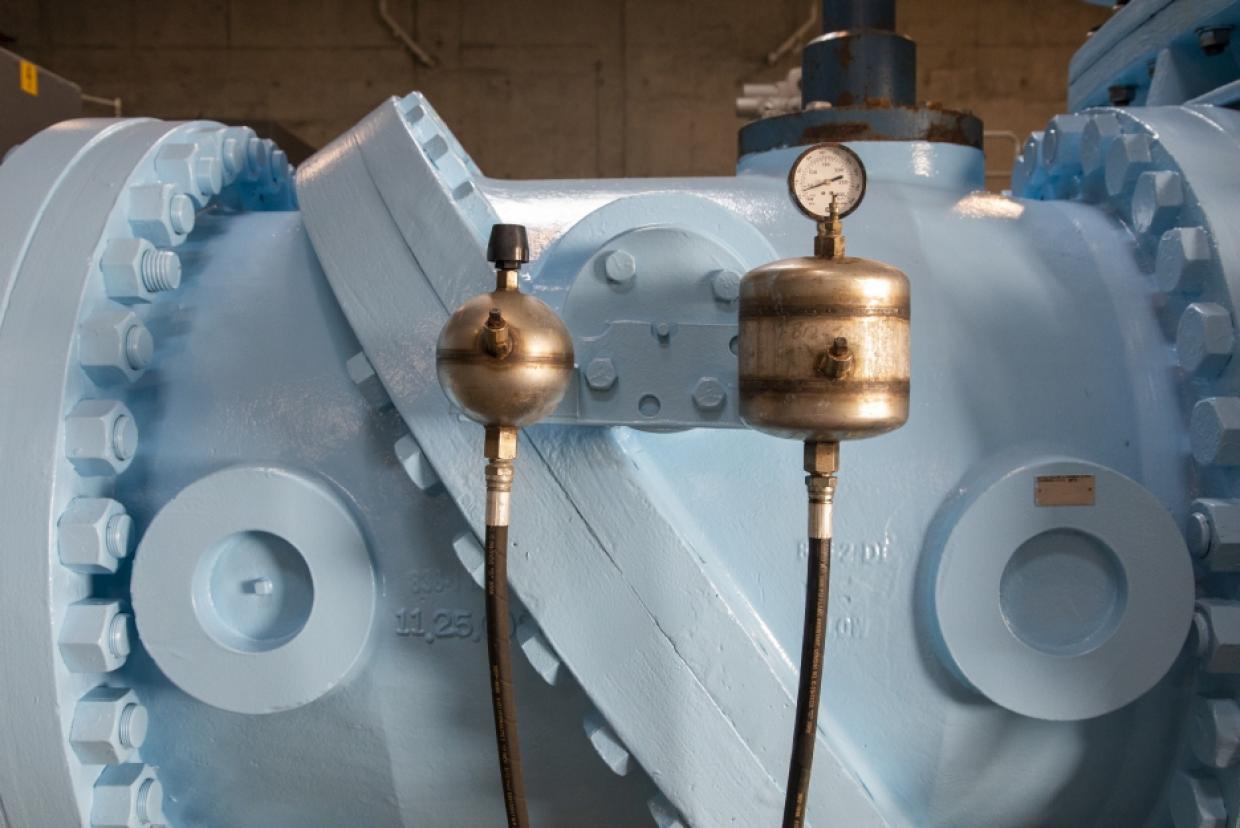Transformative initiative to improve seismic reliability and upgrade water infrastructure now officially done in the City
San Francisco, CA –With the recent completion of improvements to the Lake Merced Pump Station, the San Francisco Public Utilities Commission has officially wrapped up the local portion of the Water System Improvement Program (WSIP). The WSIP is one of the most ambitious water infrastructure improvements programs in the nation and one of the largest such initiative ever undertaken by the City of San Francisco.
“This is truly a milestone occasion for the SFPUC and for the City of San Francisco,” said San Francisco Mayor London Breed. “Thanks to the Water System Improvement Program, our water infrastructure is safer, more reliable and more seismically-stable. We are always keenly aware of the threats of natural disasters in this region, particularly earthquakes, but with the completion of SF WSIP, our City is more resilient than ever. The upcoming anniversary of the Loma Prieta Earthquake on Saturday is just another reminder that we must always be prepared in San Francisco.”
The entire WSIP is a $4.8 billion investment to repair, replace, and seismically upgrade critical parts of the SFPUC’s water system. The entire program consists of 87 different construction projects, 35 of which are located in San Francisco. The Lake Merced Pump Station undertaking is the last of the 35 initiatives in San Francisco.
The Lake Merced Pump Station is among the largest pump stations in San Francisco, handling distribution of more than half of the City’s drinking water supply. The improvements modernized the mechanical and electrical systems at the site, while seismically upgrading the pump station.
“The Lake Merced Pump Station is the heart of the City’s water system, so it is critical that this facility meets the most rigorous seismic and safety standards,” said SFPUC General Manager Harlan L. Kelly, Jr. “As a result of WSIP, we have state-of-the-art equipment bolstered by seismically-strengthened infrastructure. When the big one hits—and it’s a question of when, not if—we will be prepared to deliver essential water services to our residents and businesses.”
With construction launching in 2004, after years of planning, WSIP accomplished several objectives in San Francisco, among them:
- Seismically strengthen key portions of the water system
- Increase delivery reliability by creating redundancies within the system to allow operators to move water around the system in multiple ways.
- Upgrade water storage in each of the pressure zones.
- Improved backup power and strengthened pump stations to deliver water during outages.
More than $440 million in investments were carried out in San Francisco. A total of 12 pump stations were replaced with improved facilities and 16 reservoirs received seismic and operational upgrades. With the 31st anniversary of the Loma Prieta Earthquake occurring on Saturday, seismic stability is once again front of mind for San Franciscans. The Hetch Hetchy Regional Water System, which delivers drinking water to 2.7 million people in the region, crosses three major earthquake faults between its origin in Yosemite National Park and its destination in San Francisco. The WSIP invested in specific seismic improvements throughout the system to help it withstand major earthquakes.
Additionally, the backup power systems are more prescient than ever, with the advent of Public Safety Power Shutoffs (PSPS) threatening to shut down primary power sources at water sites. As a result of the WSIP upgrades, all local San Francisco water pump stations will be able to continue to operate, despite regional power shutoffs.
While the 35 WSIP projects in San Francisco are now officially complete, there is still finishing work left at a few of the 52 regional projects, which are spread across seven different counties. The largest WSIP undertaking, the Calaveras Dam Replacement Project, was completed in 2019. At the moment, 99 percent of the WSIP is finished, with final completion set for Spring 2023.
The WSIP is funded by a bond measure that was approved by San Francisco voters in November 2002 and is being repaid for by both retail customers in San Francisco and 27 wholesale customers that serve Alameda, San Mateo and Santa Clara counties.


